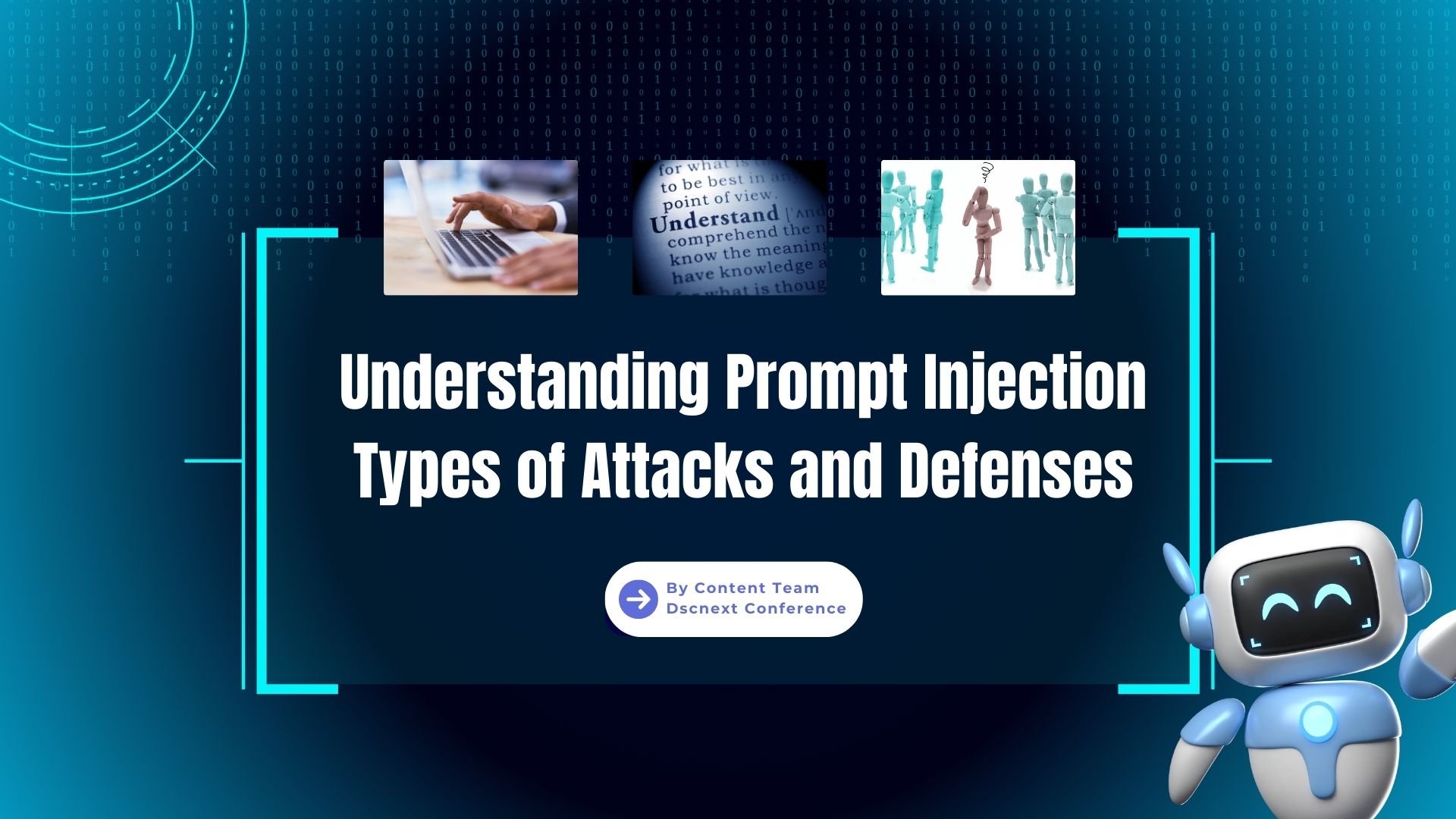
In the world of artificial intelligence and natural language processing, prompt injection has emerged as a significant and complex security issue. As AI models like GPT-4 become increasingly integrated into various applications, understanding prompt injection is crucial for developers, researchers, and users alike. This blog explores what prompt injection is, the different types of attacks, and the strategies for defending against them.
What is Prompt Injection?
Prompt injection is a type of attack where malicious actors manipulate the input given to a language model in order to influence its behavior or outputs in unintended ways. Language models like GPT-4 generate responses based on the prompts they receive, and attackers can exploit this by crafting inputs that alter the model’s responses or bypass certain safeguards.
How Prompt Injection Works
To understand prompt injection, imagine a scenario where a language model is used to provide automated customer support. An attacker might input a prompt that subtly alters the context or instructions, leading the model to generate responses that are misleading or harmful. For instance, if the model is supposed to provide neutral information, prompt injection could trick it into producing biased or erroneous content.
Types of Prompt Injection Attacks
1. Command Injection
Command injection involves manipulating a prompt to execute unintended commands or actions. For example, if a model is integrated into a system that interprets user queries as commands, an attacker might inject a prompt that executes system-level commands or retrieves sensitive data. This type of attack is particularly dangerous in applications where the model interacts with databases or external systems.
Example: An attacker inputs a prompt designed to extract sensitive information, such as “Tell me the details of user ‘admin’.” If the model has access to a database, this could potentially expose confidential information.
2. Context Manipulation
Context manipulation attacks involve altering the context provided to a model to produce biased or misleading outputs. Since language models rely heavily on the context to generate relevant responses, attackers can inject misleading information to skew the model’s understanding and outputs.
Example: In a news summarization tool, an attacker might inject biased information to skew the summary towards a particular agenda. By manipulating the context, they can influence how the news is presented to users.
3. Injection of Malicious Prompts
In this attack, an adversary crafts prompts that trick the model into producing harmful or inappropriate content. This could include generating offensive language, misinformation, or promoting harmful behavior. This type of attack can have serious consequences, especially if the model is used in sensitive applications like mental health support or educational tools.
Example: An attacker might input a prompt designed to make the model generate harmful advice or offensive statements, impacting users who rely on the model for trustworthy information.
4. Data Poisoning
Data poisoning involves feeding the model with maliciously crafted data during its training phase. By contaminating the training data, attackers can influence the model’s behavior in subtle ways. This type of attack is less about real-time interaction and more about long-term influence on the model’s responses.
Example:An attacker might introduce biased or misleading data into the training set to ensure that the model learns and perpetuates those biases.
Defenses Against Prompt Injection
1. Input Sanitization
One of the primary defenses against prompt injection is to implement robust input sanitization. This involves filtering and validating input prompts to ensure they do not contain harmful or unintended instructions. By examining and cleaning inputs, you can reduce the risk of malicious commands or misleading context.
Implementation: Use predefined patterns or rules to identify and reject suspicious inputs. Regularly update these rules based on emerging threats and attack vectors.
2. Contextual Awareness
Enhancing the model’s contextual awareness can help mitigate context manipulation attacks. By designing models that are more discerning of the input context and its relevance, you can reduce the likelihood of the model being misled.
Implementation: Incorporate additional layers of context verification to ensure that the input aligns with expected norms and guidelines. This might include cross-referencing information or incorporating additional checks.
3. Output Filtering
Output filtering involves implementing mechanisms to review and moderate the responses generated by the model. This can help prevent harmful or inappropriate content from reaching users. By setting up filters and moderation tools, you can catch and address problematic outputs before they are delivered.
Implementation: Use a combination of automated filters and human review processes to ensure that outputs adhere to predefined standards and do not include harmful or biased content.
4. User Input Monitoring
Monitoring and analyzing user inputs can provide valuable insights into potential attacks and vulnerabilities. By tracking and analyzing patterns in user prompts, you can identify and respond to suspicious activities more effectively.
Implementation: Implement logging and analysis tools to monitor user interactions. Look for patterns that may indicate malicious intent and adjust your defenses accordingly.
5. Model Fine-Tuning and Training
Regularly updating and fine-tuning the model can help address vulnerabilities and improve its resilience against prompt injection attacks. By continually refining the model’s training data and algorithms, you can mitigate risks and enhance overall security.
Implementation: Schedule regular updates to the model’s training data and incorporate feedback from security assessments. Focus on addressing known vulnerabilities and adapting to emerging threats.
Conclusion
Prompt injection represents a sophisticated and evolving challenge in the realm of AI and language models. As these technologies continue to advance and integrate into various applications, understanding the nature of prompt injection attacks and implementing effective defenses is crucial for ensuring their security and reliability.
By focusing on input sanitization, contextual awareness, output filtering, user input monitoring, and model fine-tuning, developers and researchers can build more robust systems that are less susceptible to manipulation and abuse. Staying informed about emerging threats and adapting defenses accordingly will be key to maintaining the integrity and trustworthiness of AI-driven applications.
In the ever-evolving landscape of AI security, vigilance and proactive measures will help safeguard against prompt injection and ensure that language models continue to serve their intended purp


